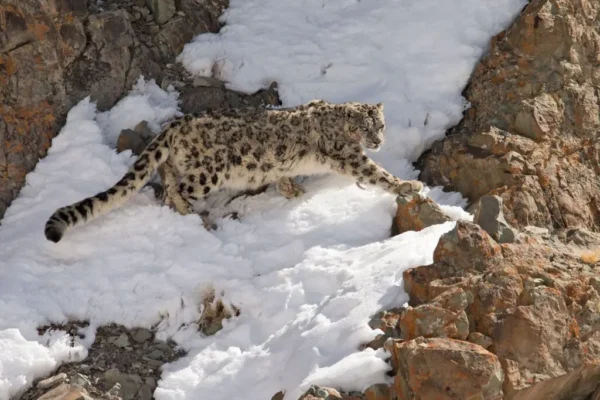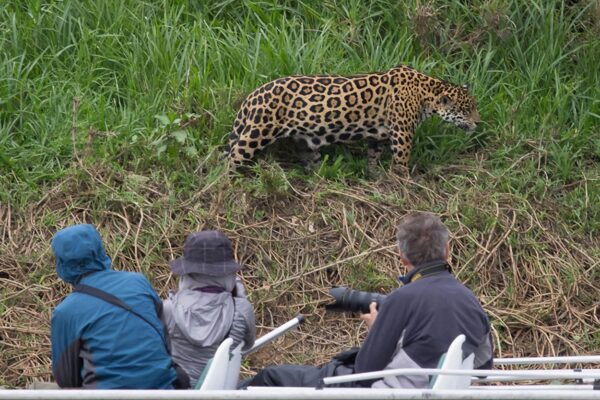Ladakh, a land of towering mountains, stark landscapes, and pristine beauty, is not just a paradise for adventure seekers but also a haven for rare and elusive wildlife. Tucked away in the rugged Himalayas, this high-altitude desert is home to some of the world’s most fascinating creatures—many of which are found nowhere else.
For those with a love for nature and a thirst for adventure, a wilderness expedition of the Himalayas in Ladakh offers a once-in-a-lifetime chance to track these rare species in their natural habitat. From the legendary snow leopard to the agile blue sheep, this journey is about more than just spotting animals—it’s about immersing yourself in one of the most remote and awe-inspiring landscapes on Earth.
The Majesty of Ladakh’s Wildlife
The extreme conditions of Ladakh, with its freezing winters and thin mountain air, make it an unlikely place for wildlife to thrive. Yet, nature has adapted in remarkable ways, and the region supports a diverse range of species that have evolved to survive in its harsh environment. Some of the most sought-after wildlife sightings include:
1. The Elusive Snow Leopard

Nicknamed the “Ghost of the Mountains,” the snow leopard is Ladakh’s most famous and elusive predator. With its thick, smoky-gray fur and piercing eyes, this magnificent big cat blends seamlessly with the rocky terrain, making sightings incredibly rare and special. Hemis National Park, one of Ladakh’s prime wildlife reserves, is considered one of the best places in the world to track snow leopards, especially in the winter months when they descend to lower altitudes in search of prey.
2. The Himalayan Blue Sheep (Bharal)

These agile, sure-footed creatures are a staple of Ladakh’s rugged slopes. Their ability to navigate steep cliffs with ease makes them a prime target for snow leopards. Spotting a herd of bharal grazing on a mountainside is often a sign that a predator may be lurking nearby.
3. The Tibetan Wolf

Unlike their larger and more famous cousins, Tibetan wolves are adapted to the high-altitude cold deserts of Ladakh. These intelligent and highly skilled hunters play a crucial role in the ecosystem, balancing prey populations. Their haunting howls at dusk are one of the most mesmerizing sounds of the Ladakhi wilderness.
4. The Wild Yak
A symbol of Ladakh’s untamed beauty, wild yaks are massive, shaggy-coated bovines that thrive in the remote regions of the Changthang plateau. Unlike their domesticated counterparts, these animals are fiercely independent and can be difficult to approach.
5. The Black-Necked Crane
These elegant birds migrate to Ladakh’s high-altitude wetlands in the summer, making for a stunning sight against the stark backdrop of the mountains. Revered by local communities and deeply intertwined with Tibetan Buddhist culture, the black-necked crane is a symbol of longevity and peace.
The Thrill of a Wilderness Expedition in the Himalayas
A wilderness expedition of the Himalayas in Ladakh is not just about wildlife spotting—it’s about experiencing the raw beauty of nature in its purest form. These expeditions, often led by expert trackers and naturalists, take travelers deep into Ladakh’s remote valleys and high-altitude plateaus, where human presence is minimal, and the wilderness reigns supreme.
What to Expect on the Expedition
• Challenging yet rewarding treks – Many wildlife hotspots require trekking through rugged terrain, making each sighting even more rewarding.
• Bone-chilling temperatures – At altitudes above 4,000 meters, the cold is relentless, especially in the winter months. Proper gear and acclimatization are essential.
• Camping under a sky full of stars – With minimal light pollution, Ladakh offers some of the clearest night skies in the world, making every night in the wild a celestial spectacle.
• A chance to connect with local communities – Many expeditions include homestays in traditional Ladakhi villages, offering a glimpse into the resilient way of life of the region’s people.
Conservation and Responsible Travel
Ladakh’s fragile ecosystem is under constant threat from climate change and increasing human activity. Responsible wildlife tourism plays a crucial role in supporting conservation efforts and providing economic incentives for local communities to protect their natural heritage.
As visitors, we must:
• Respect wildlife and maintain a safe distance to avoid disturbing the animals.
• Follow eco-friendly travel practices, such as minimizing plastic waste and using sustainable trekking gear.
• Support local conservation initiatives by choosing ethical tour operators and eco-conscious accommodations.
Final Thoughts: A Journey Like No Other
Tracking rare wildlife in Ladakh is not just about seeing animals—it’s about stepping into a world where nature still rules, where silence speaks volumes, and where every sighting is a moment of awe. A wilderness expedition of the Himalayas in this extraordinary region is an experience that leaves an indelible mark on the soul, reminding us of the delicate balance that sustains life in the planet’s most remote corners.
For adventurers and wildlife enthusiasts alike, Ladakh is a dream destination—one where the wild spirit of the mountains is alive, waiting to be discovered.





